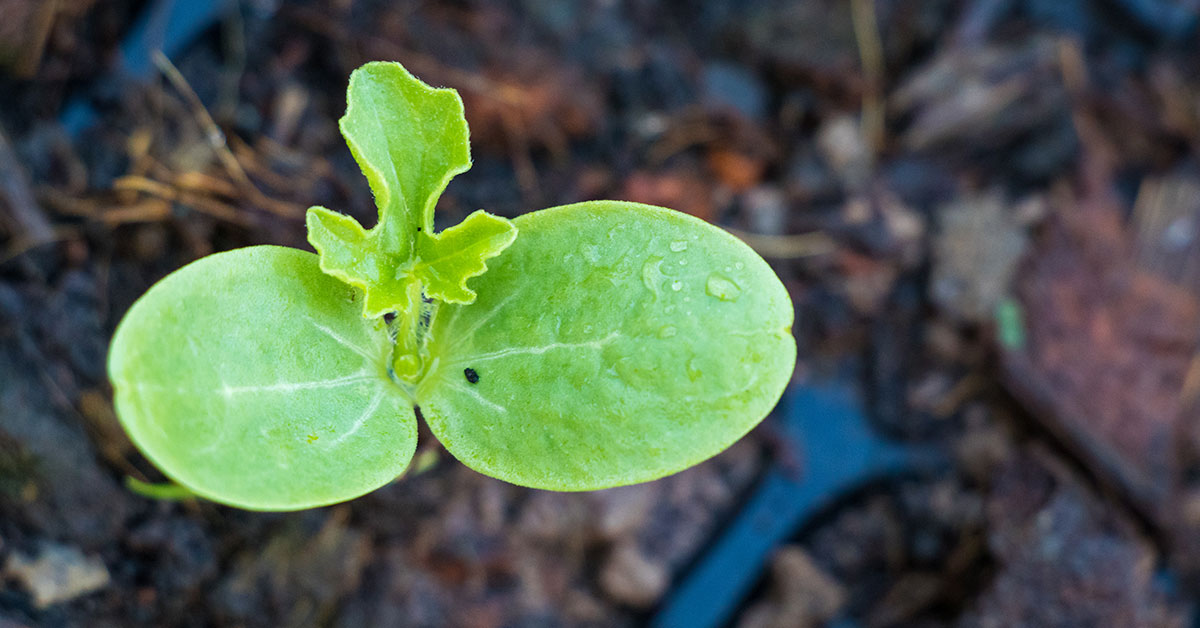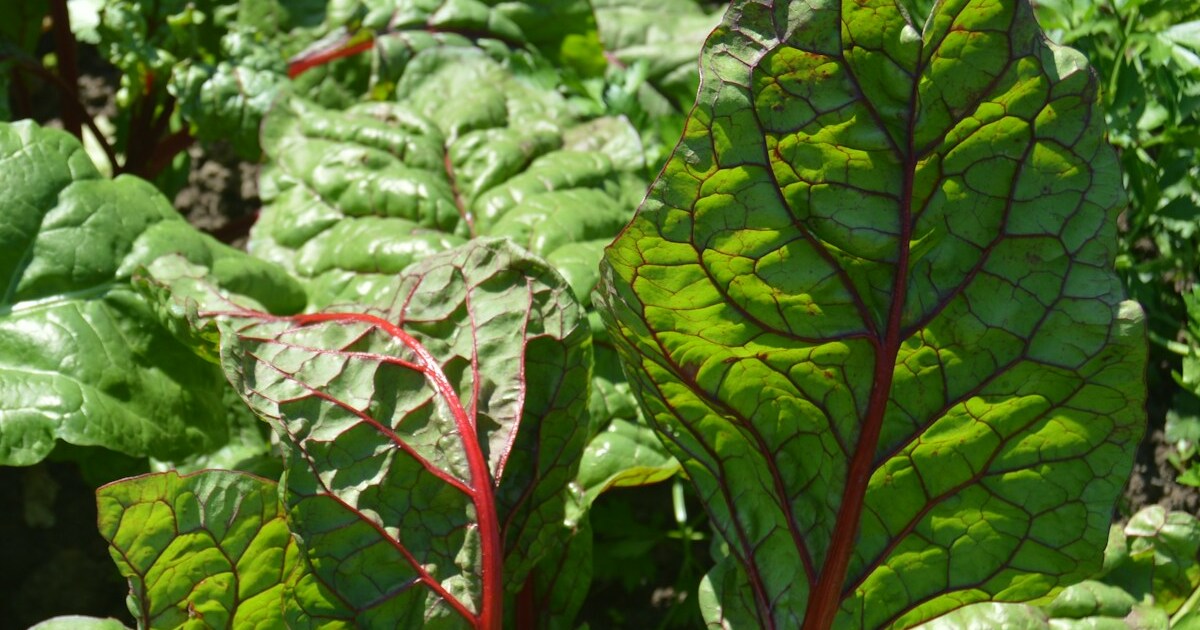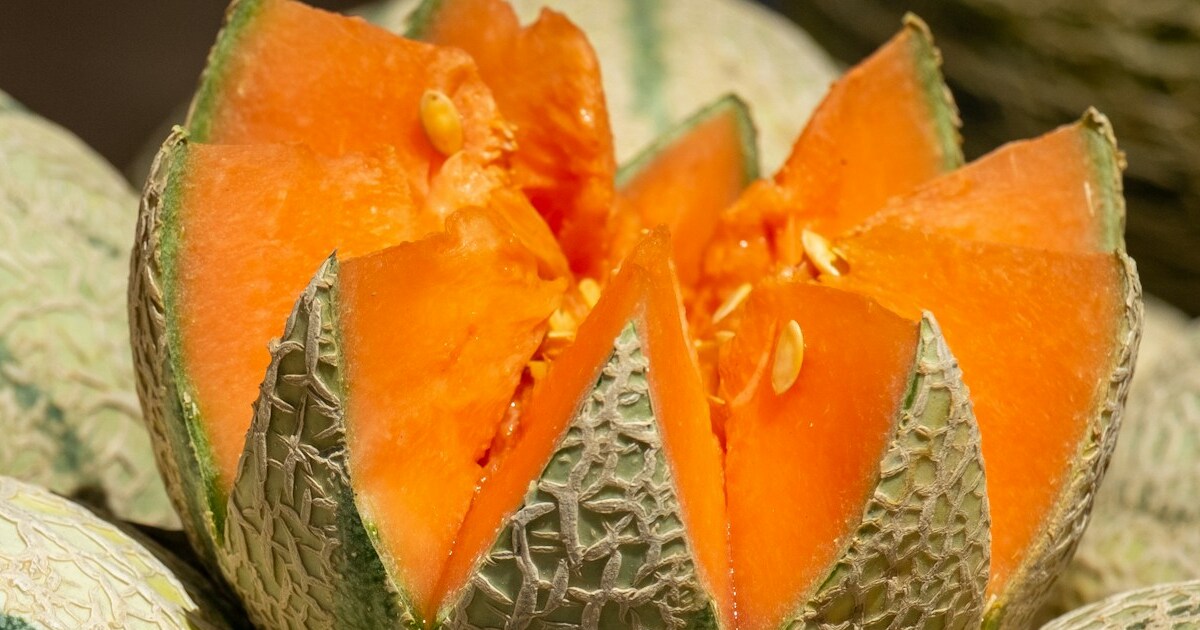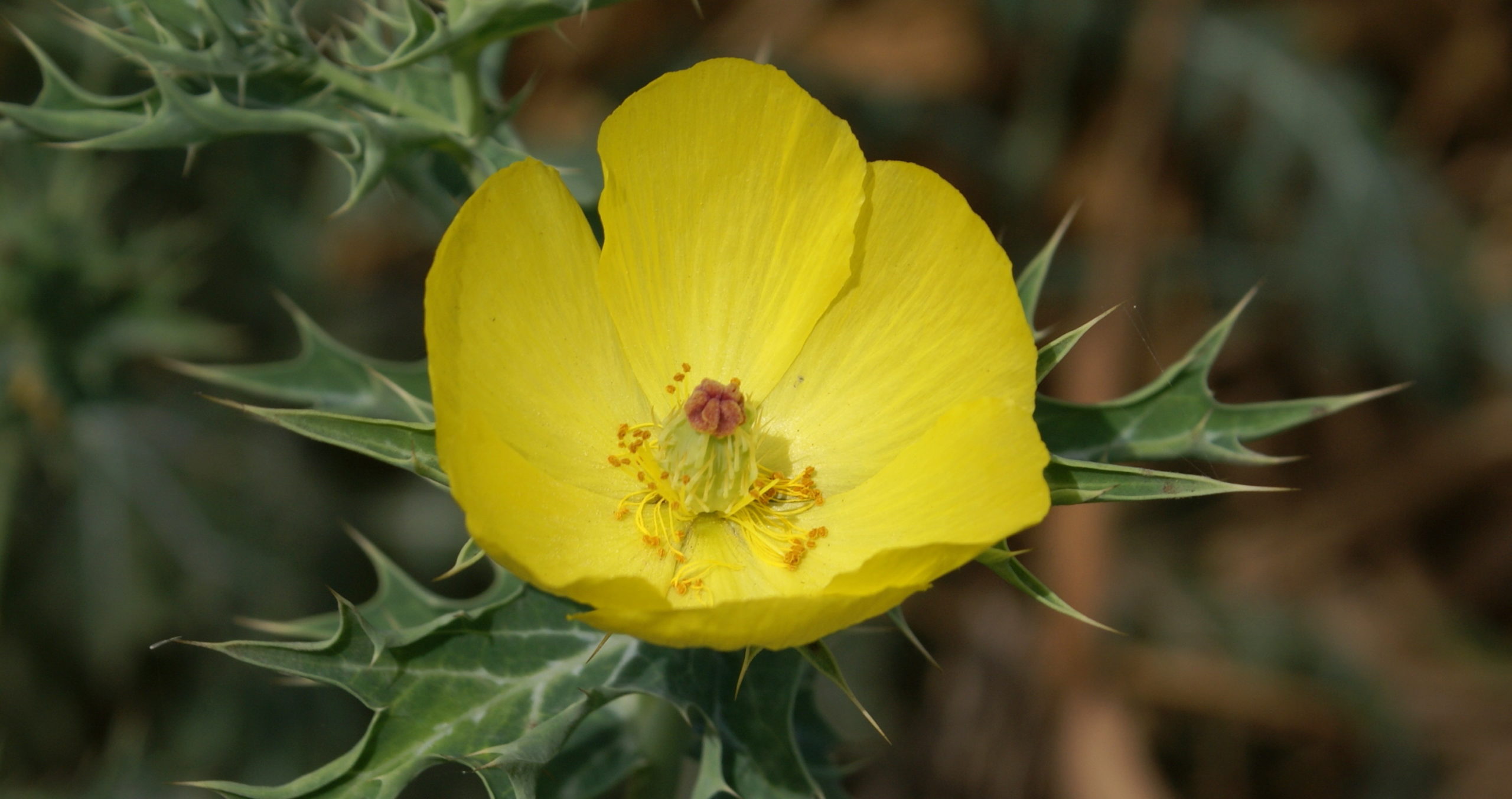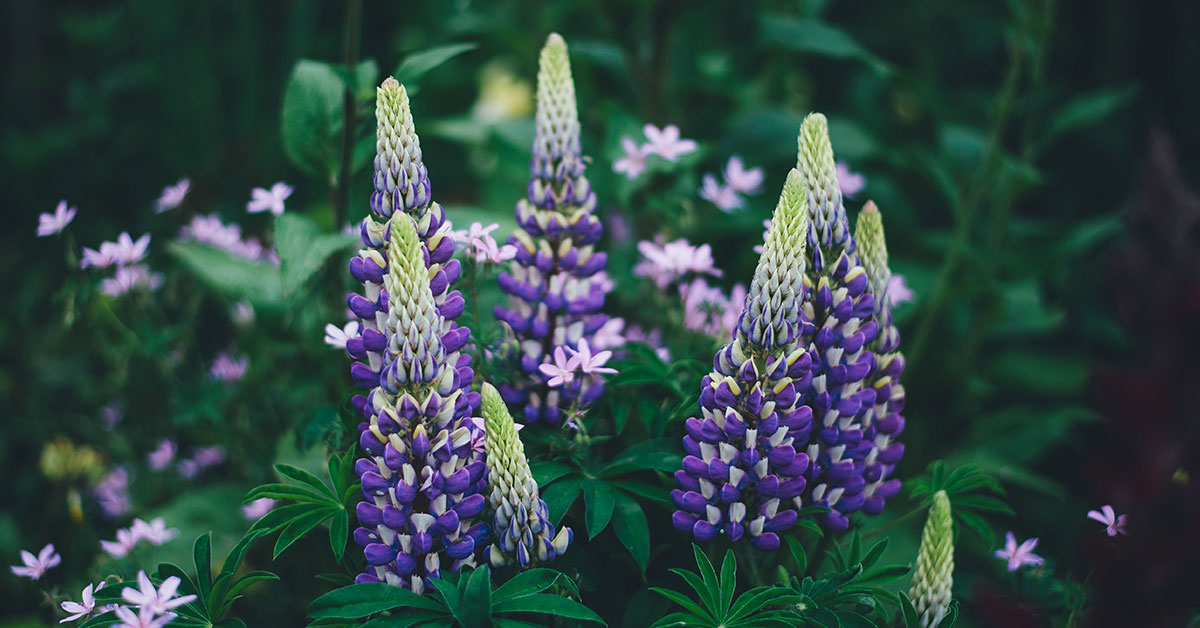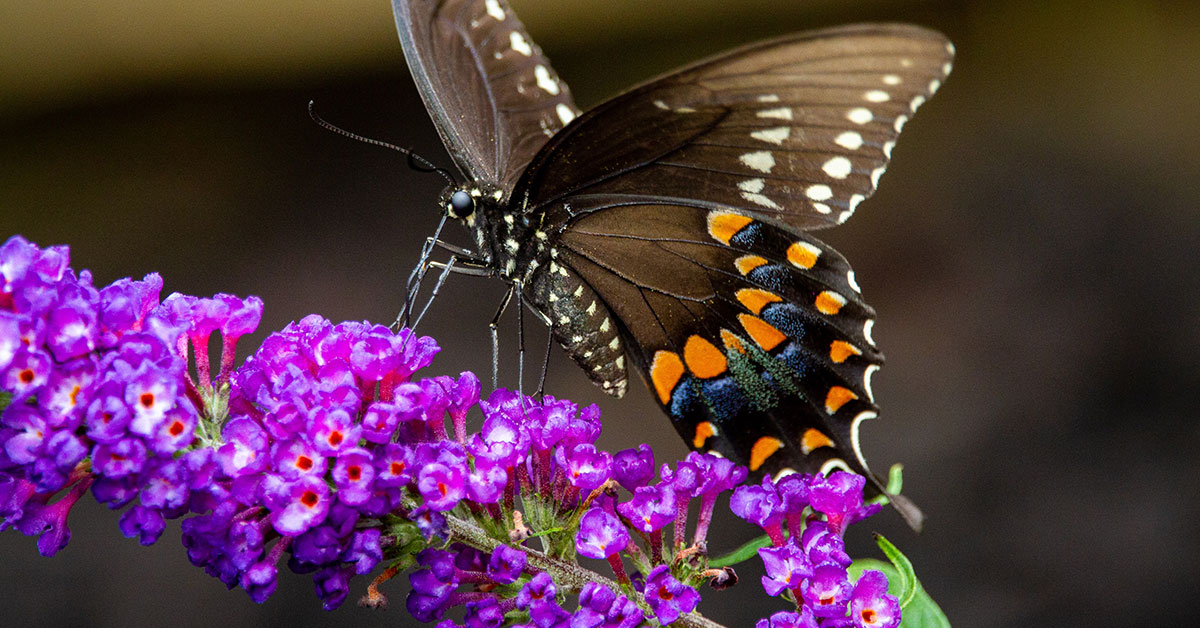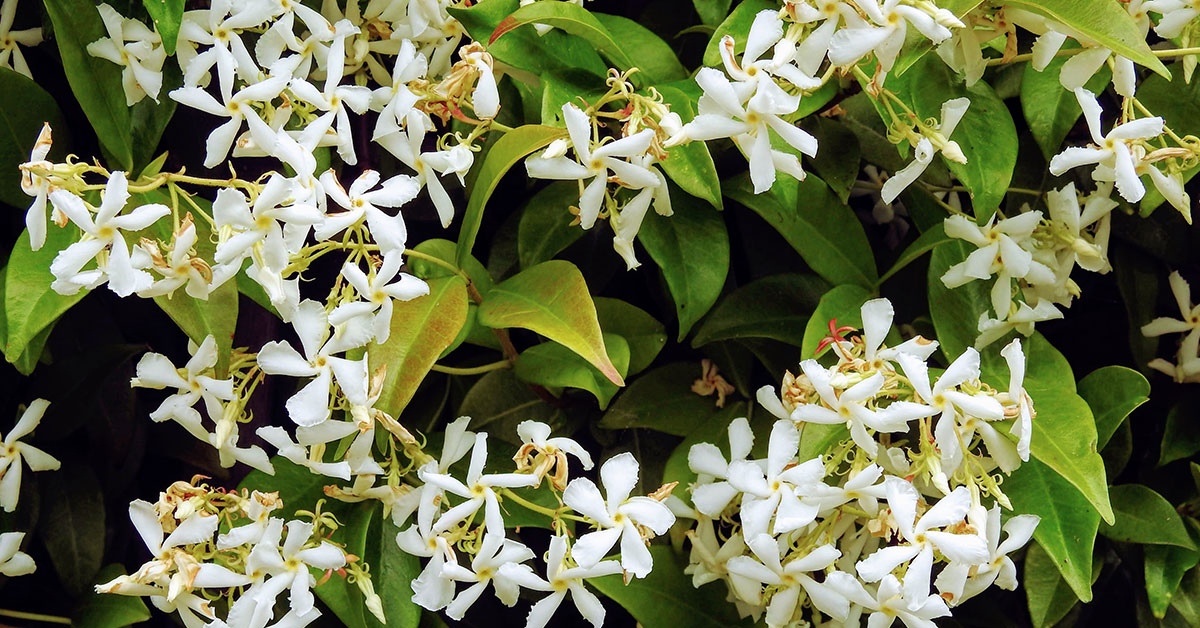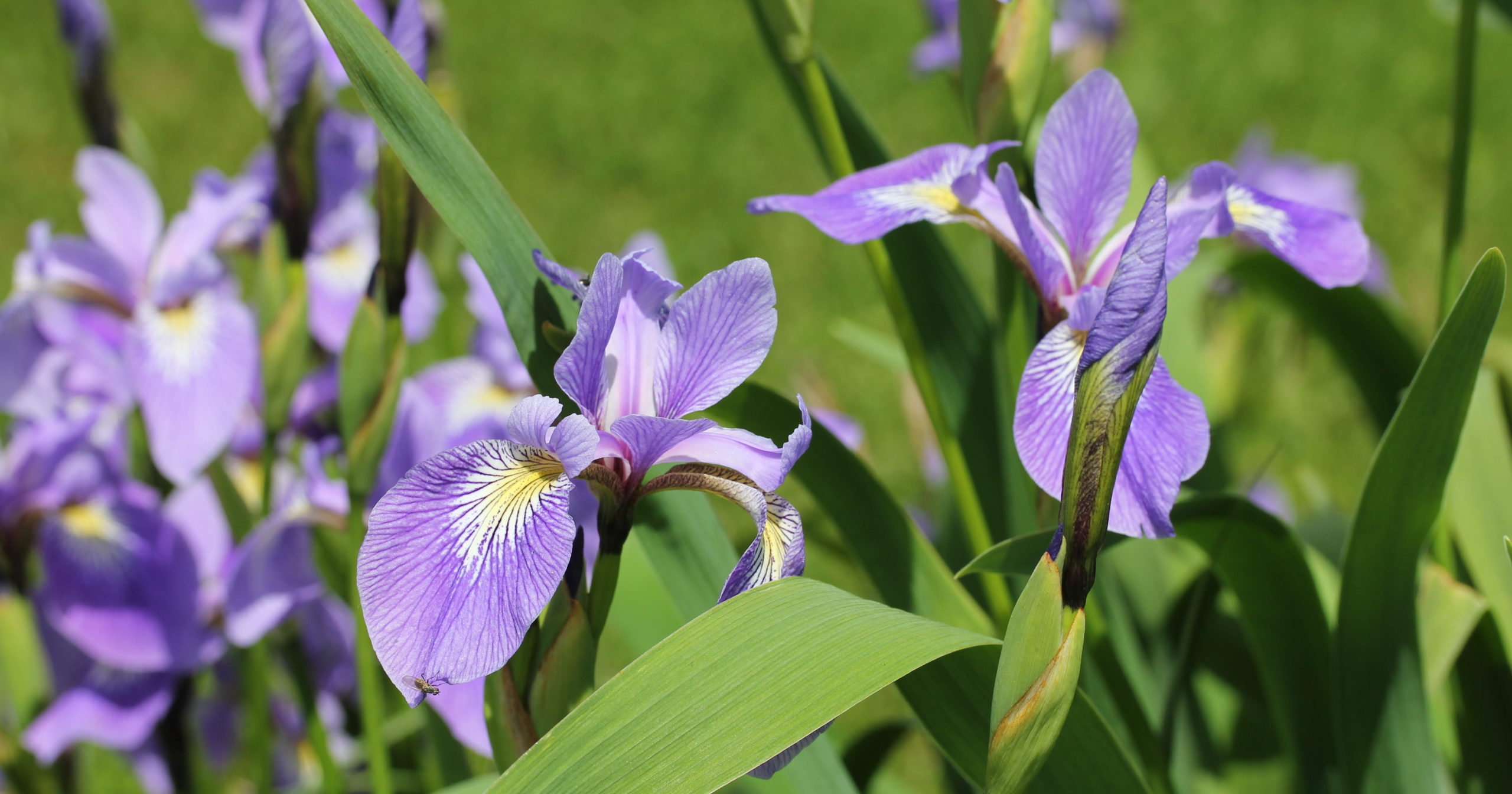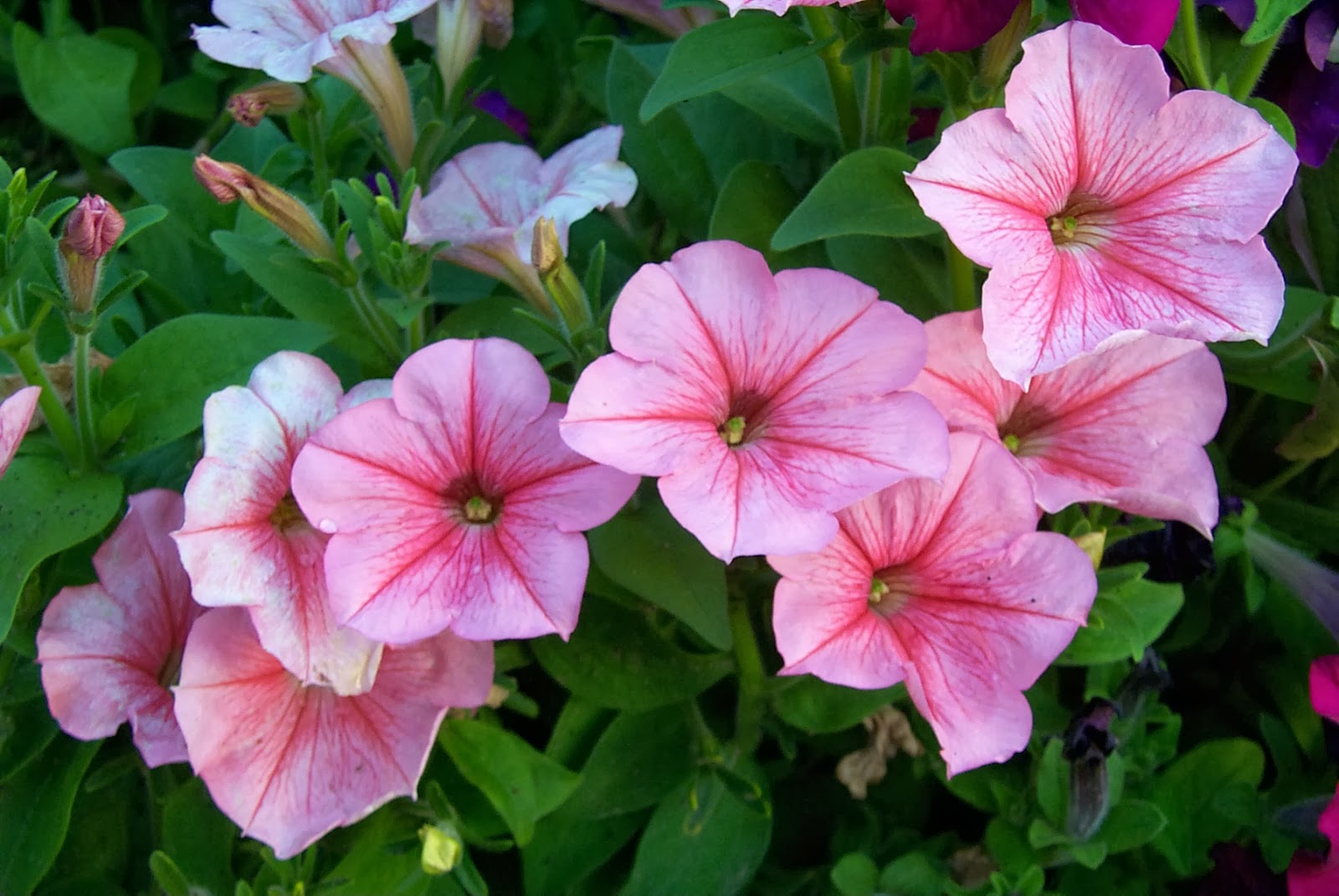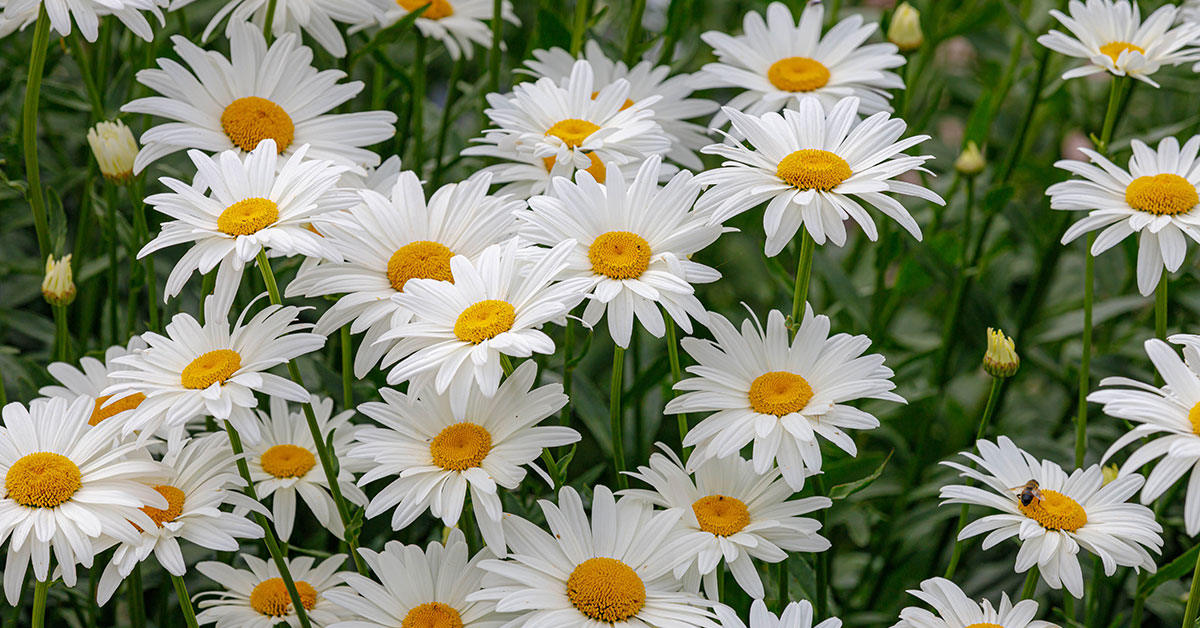Welcome to the world of watermelon cultivation in Zone 10! If you’re lucky enough to reside in this warm and sunny region, you have the perfect conditions for growing this juicy and refreshing fruit. Zone 10, which includes areas with mild winters and long, hot summers, provides an ideal environment for watermelon plants to thrive. However, timing is crucial when it comes to planting watermelon in this zone.
In this article, we will explore the best time to plant watermelon in Zone 10, taking into consideration the unique climate and growing conditions of this region. Whether you’re a seasoned gardener or a beginner, get ready to learn the secrets of successful watermelon cultivation in Zone 10 and enjoy the sweet rewards of your labor.
Best varieties of watermelon to grow in Zone 10
In Zone 10, which is characterized by warm temperatures and a long growing season, there are several watermelon varieties that thrive. Here are a few popular choices:
- Crimson Sweet: This is a classic watermelon variety known for its sweet, juicy flesh and high sugar content. It has a dark green rind with light green stripes and can grow to a large size, making it a favorite among gardeners.
- Sugar Baby: If you have limited space or prefer smaller watermelons, Sugar Baby is an excellent choice. It produces small, round fruits with a dark green rind and deep red, sweet flesh. It is also an early maturing variety, typically ready for harvest in around 80 days.
- Jubilee: Jubilee watermelons are known for their large size and deliciously sweet flavor. The flesh is bright red and crisp, making it a popular choice for picnics and gatherings. It has a light green rind with dark green stripes.
- Charleston Gray: This variety is well-suited for hot climates and produces large, oblong watermelons. The flesh is sweet and juicy, with a light red color. Charleston Gray has a tough, gray-green rind that helps protect the fruit from sunburn.
- Yellow Doll: If you’re looking for something a little different, Yellow Doll is a unique watermelon variety with a bright yellow rind and sweet, pale yellow flesh. It has a high sugar content and is often described as having a honey-like flavor.
Remember to provide your watermelon plants with full sun exposure, well-draining soil, and regular watering to ensure optimal growth and fruit development.
When to plant watermelon in Zone 10
In Zone 10, the best time to plant watermelon is in early spring, after the last frost date has passed. The soil temperature should be consistently above 70°F (21°C) for successful germination and growth. Typically, this means planting watermelon seeds or transplants in March or April. It’s important to note that watermelons require warm soil and temperatures between 70-90°F (21-32°C) for optimal growth.
How to grow
Growing watermelon requires careful planning and attention to specific steps and considerations. Here are the key steps to follow:
- Climate and Soil Requirements: Watermelons thrive in warm climates with temperatures between 70-90°F (21-32°C). Choose a sunny location with well-drained soil. The soil should be rich in organic matter, loose, and have a pH level between 6.0-6.8.
- Seed Selection: Choose watermelon seeds that are suitable for your climate and desired variety. There are many different types of watermelons, such as seeded, seedless, mini, and heirloom varieties. Consider factors like taste, size, and disease resistance when selecting seeds.
- Starting Seeds Indoors (optional): In cooler climates, you can start watermelon seeds indoors 2-3 weeks before the last frost date. Use seed trays or pots filled with seed-starting mix. Keep the soil moist and warm (around 75°F/24°C) until the seedlings emerge.
- Direct Sowing: In warmer climates, watermelon seeds can be directly sown into the garden after the last frost date. Plant the seeds 1 inch deep and space them 2-3 feet apart in rows that are 6-8 feet apart. Ensure the soil temperature is at least 70°F (21°C) for successful germination.
- Watering: Watermelons have high water requirements, especially during fruit development. Provide consistent watering, aiming for about 1-2 inches of water per week. Avoid overwatering, as it can lead to root rot. Water at the base of the plant, avoiding wetting the leaves.
- Fertilization: Watermelons are heavy feeders. Before planting, incorporate compost or well-rotted manure into the soil. Once the vines start to develop, apply a balanced fertilizer (such as 10-10-10) according to the package instructions. Repeat the application every 3-4 weeks.
- Mulching: Apply a layer of organic mulch, such as straw or wood chips, around the plants to conserve moisture, suppress weeds, and regulate soil temperature.
- Trellising (optional): Some watermelon varieties can be trellised to save space and improve airflow, reducing the risk of disease. Use trellis netting or fabric slings to support the developing fruit.
- Pollination: Watermelons require pollination for fruit set. Bees and other pollinators are essential for this process. Encourage pollinators by planting flowers nearby or using pollinator-friendly practices in your garden.
- Pest and Disease Control: Monitor your plants regularly for signs of pests like aphids, cucumber beetles, or squash bugs. Use organic pest control methods or consult with a local gardening expert for specific recommendations. Prevent diseases by practicing crop rotation, providing good airflow, and avoiding overhead watering.
- Harvesting: Watermelons are ready for harvest when the fruit’s skin color changes, the bottom side turns yellow, and the tendril nearest the fruit turns brown. Give the fruit a gentle tap; if it sounds hollow, it is likely ripe. Cut the fruit from the vine, leaving a short stem attached.
By following these steps and considering the specific needs of watermelon plants, you can successfully grow your own delicious watermelons.
When to harvest
In Zone 10, watermelon can typically be harvested from late spring to early fall, depending on the specific variety and planting time. The exact timing of harvest will also depend on the number of days to maturity for the particular watermelon variety you are growing.
Generally, watermelons are ready to be harvested when the fruit has reached full size, the skin color has developed fully, and the underside of the fruit has turned from white or green to a creamy yellow color. Additionally, the tendril closest to the fruit should have turned brown and dried up.
To determine if a watermelon is ripe, you can also perform a few tests. First, tap the fruit gently with your knuckles and listen for a deep, hollow sound. If it sounds dull, the watermelon may not be ripe yet. Second, check the skin texture. Ripe watermelons usually have a slightly rough skin texture, while unripe ones are smoother.
It’s important to note that watermelons can quickly become overripe, so regular monitoring is essential. Harvesting watermelons at the right time ensures the best flavor and texture.
Common watermelon plant problems and fixes
Common problems when growing watermelon include:
- Poor germination: If your watermelon seeds are not germinating well, it could be due to low soil temperature or poor seed quality. To fix this, ensure that the soil temperature is consistently above 70°F (21°C) before planting. Additionally, purchase high-quality seeds from a reputable source.
- Lack of pollination: Watermelons require proper pollination to set fruit. If you notice a lack of fruit development, it may be due to insufficient pollination. To attract pollinators like bees, you can plant flowers nearby or hand-pollinate the flowers using a small brush.
- Blossom end rot: This is a common problem where the blossom end of the fruit turns black and rots. Blossom end rot is usually caused by calcium deficiency or inconsistent watering. To prevent this, ensure the soil has adequate calcium levels and maintain consistent moisture levels by watering deeply and regularly.
- Powdery mildew: Powdery mildew is a fungal disease that appears as a white powdery coating on the leaves. It can weaken the plant and reduce fruit production. To control powdery mildew, ensure good air circulation around the plants, avoid overhead watering, and apply fungicides if necessary.
- Insect pests: Watermelons can be susceptible to various pests like aphids, cucumber beetles, and squash bugs. Regularly inspect your plants for signs of infestation and take appropriate measures such as using insecticidal soaps, neem oil, or introducing beneficial insects like ladybugs to control the pests.
- Over or under watering: Watermelons require consistent moisture, but over or under watering can cause problems. Overwatering can lead to root rot and other diseases, while under watering can result in poor fruit development. Water deeply and regularly, ensuring the soil is moist but not waterlogged.
- Improper fertilization: Watermelons are heavy feeders and require adequate nutrients to grow well. If your plants are not producing healthy fruits, it may be due to nutrient deficiencies. Apply a balanced fertilizer high in nitrogen, phosphorus, and potassium according to the recommended dosage on the package.
Remember, prevention is key to avoiding many of these problems. Providing optimal growing conditions, proper watering, and regular monitoring can help ensure a successful watermelon harvest.


